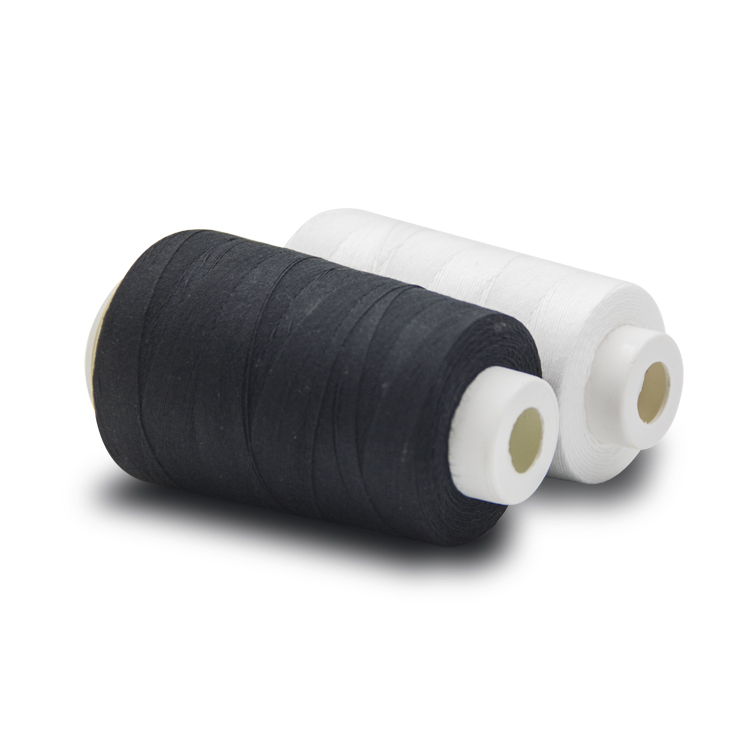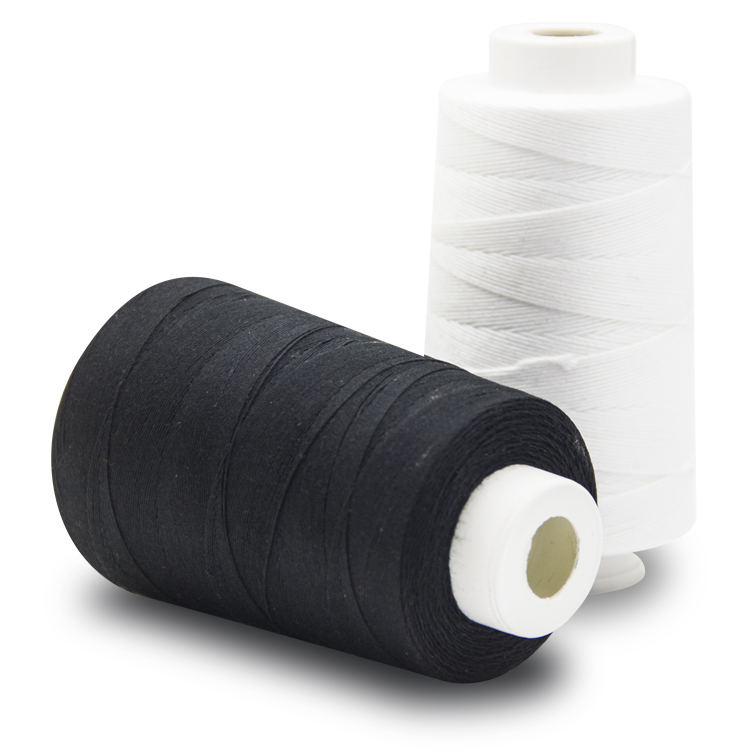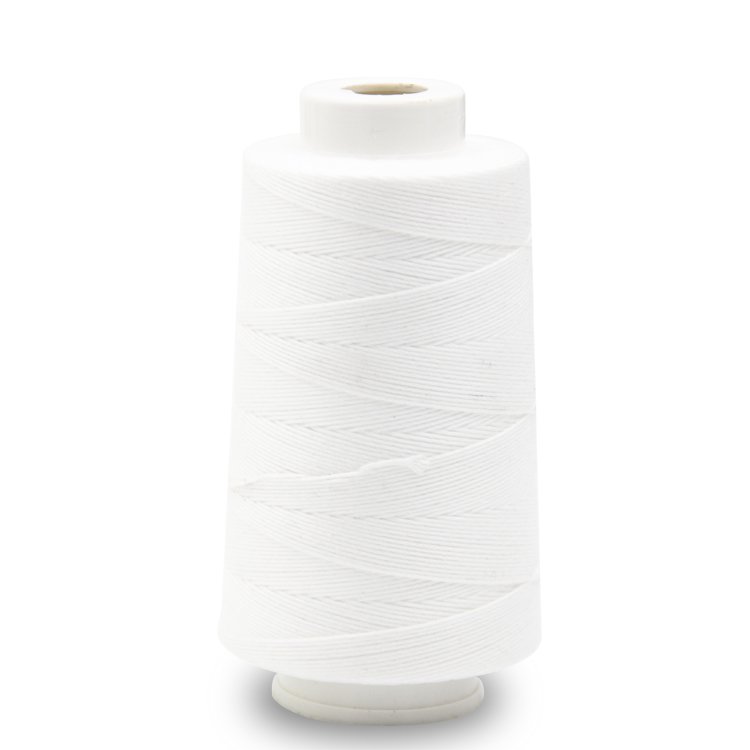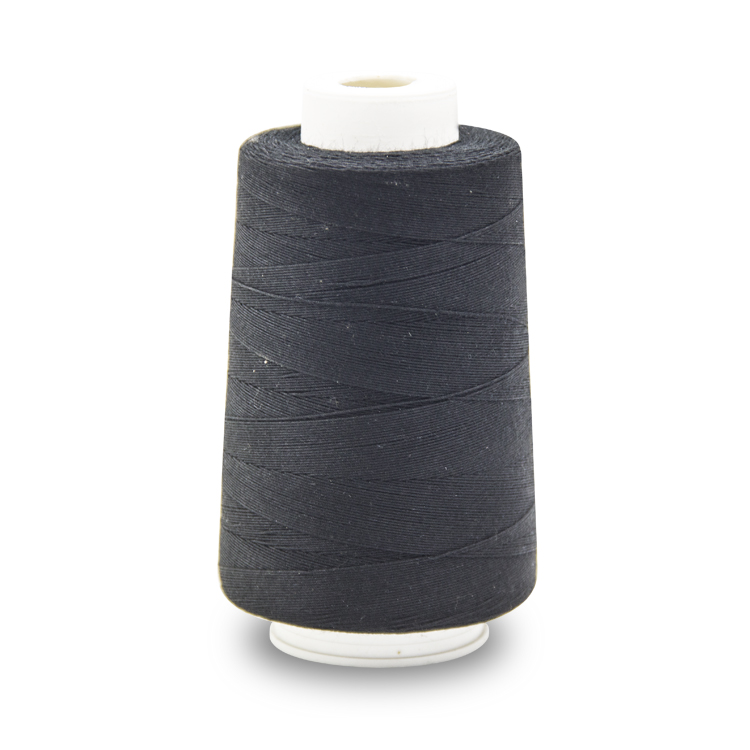
What about the jumping and breaking thread of sewing machine(1)
What about the jumping and breaking thread of sewing machine
Jumping thread is a phenomenon in sewing machine in the process of sewing, because the hook at the bottom of the machine can not draw the surface thread or slip after the surface line is drawn, it can not form a continuous thread step.
This is mainly due to the mismatch of the movement time or position between the machine needle and the hook.
Of course, it is also possible that the needle can not form a coil and lead to thread step jump.
The reasons for jumping thread can be found from the following aspects:
I. Machine Needle Problem
(1) Check whether the surface thread is worn out or not, or if it is worn less than a certain crossing position.
(2) Check whether the machine needle is installed correctly, such as reversing or skewing the long slot of the machine needle.
(3) Check whether the needle type is suitable, whether the height of the needle rod is adjusted accurately, and whether the needle is close to the top of the needle rod. Installation of machine needle is too high or too low, which will affect hook take-off.

(4) Check whether the machine needle is distorted. When sewing with a distorted machine needle, the hook cannot draw the sewing thread because the formed coil is far away from the hook. The slightly bent needle is difficult to identify directly with the naked eye. It can be identified by placing the needle on the platform and rotating it.
(5) Check whether the movement time of the machine needle and the hook coincides. The motion time of the machine needle and the hook matches perfectly, so that the hook can draw the sewing line accurately.
(6) Check whether the thickness of the needle and sewing thread is appropriate.
Large needles with slim sewing threads can also lead to jumping threads. This is because the needle eye of large machine needle is longer and wider, and the hole position of piercing fabric is larger, which makes the small and fine sewing thread have larger space to move. If it exceeds the hook thread, jumping thread will appear.
(7) Check whether the needle hole of the machine is blocked by fusing and sticking chemical fibre sewing filings, so that the sewing can not be conveyed normally and the coil can not be formed.
II. Foot Pressure Problem
Check whether the presser foot is installed too high and the delivery speed is too fast. If the presser foot is installed too high, the force of presser foot pressing fabric will be insufficient. At this time, the fabric will vibrate with the presser foot, so that it can not press the surface line to form a coil. The presser foot feeding speed is too fast, when conveying the fabric, it will take the surface thread with the fabric quickly, and the hook can not hook the surface line.

3. Sewing thread
(1) Check whether the sewing thread is too thick, uneven in thickness or too soft in texture.
(2) Check whether the tension of the surface line is too tight. The tension of the surface thread is too tight, and the needle coil formed under the machine tool is too small, so the hook can not be drawn.
IV. Other Issues
(1) Check whether the hook is defective. The defective hook cannot be sewn.
2) Check whether the pin hole is too big. Many manufacturers in the production of thin materials, the unified replacement of small needles, did not timely replace the matching needle plate. The larger needle plate holes lead the fabric into or out of the circular hole position by the machine needle, and can not compress the sewing thread to form a coil, which can also lead to jumping.
(3) To check whether cotton dust is deposited on the teeth and shuttle beds, attention should be paid to keeping them clean and clean so as to avoid affecting the formation of line steps.
(To be continued)





